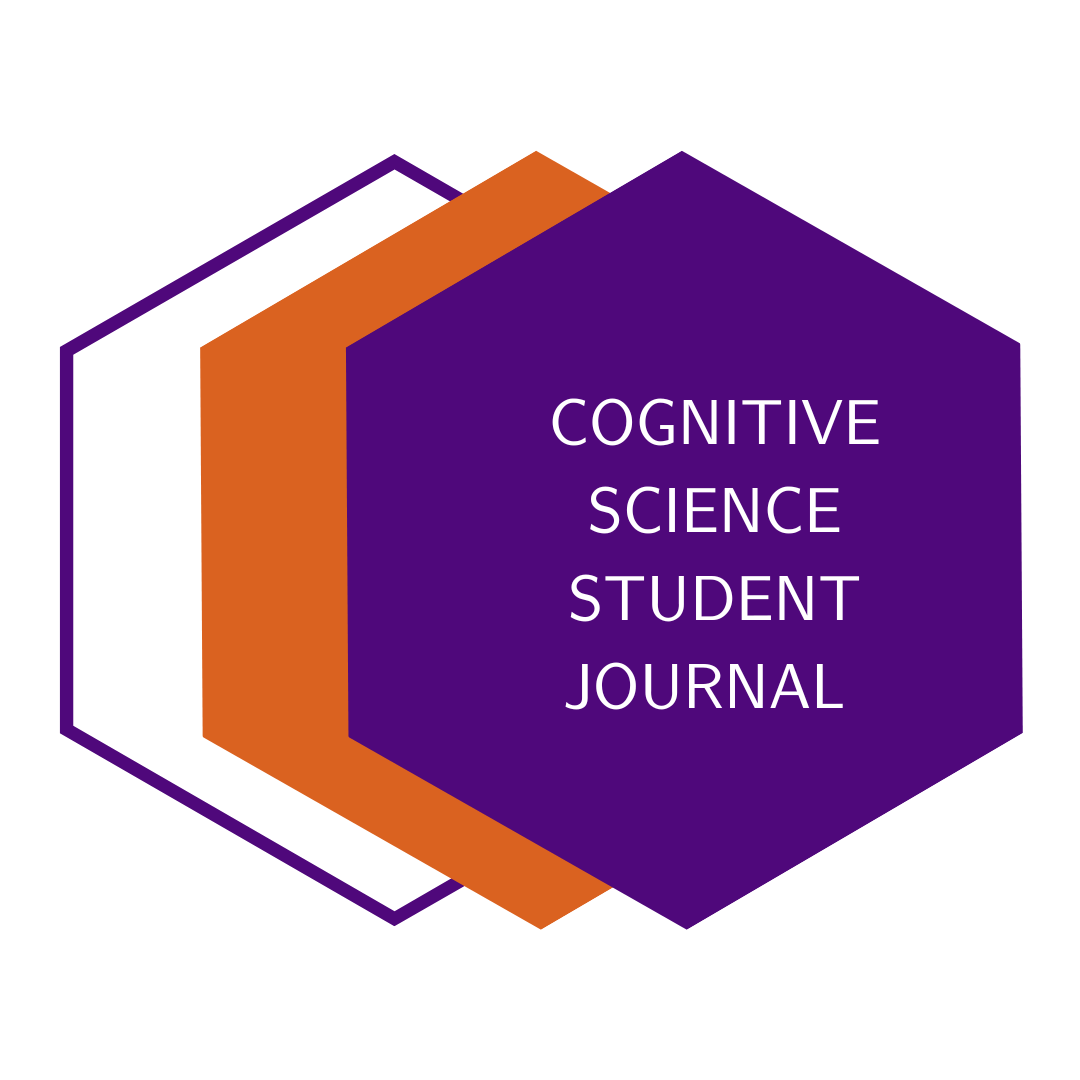
(1) influence of the mozart effect on US-american education politics in the case of Georgia 1998 (New York Times article from 1998)
(2) link between music and neuroendocrinology (two reviews)
Kreutz, Gunter, Cynthia Quiroga Murcia, and Stephan Bongard, ‘Psychoneuroendocrine Research on Music and Health: An Overview’, in Raymond MacDonald, Gunter Kreutz, and Laura Mitchell (eds), Music, Health, and Wellbeing (Oxford, 2012; online edn, Oxford Academic, 24 May 2012), https://doi.org/10.1093/acprof:oso/9780199586974.003.0030,
Harvey AR (2020) Links Between the Neurobiology of Oxytocin and Human Musicality. Front. Hum. Neurosci. 14:350. https://doi.org/10.3389/fnhum.2020.00350
(3) perception of prototypical (musical) movements and the relevance of fluency/smoothness
Wöllner, C., Deconinck, F. J. A., Parkinson, J., Hove, M. J., & Keller, P. E. (2012). The perception of prototypical motion: Synchronization is enhanced with quantitatively morphed gestures of musical conductors. Journal of Experimental Psychology: Human Perception and Performance, 38(6), 1390–1403. https://doi.org/10.1037/a0028130
Vogel, T., Ingendahl, M., & Winkielman, P. (2021). The architecture of prototype preferences: Typicality, fluency, and valence. Journal of Experimental Psychology: General, 150, 187–194. http://dx.doi.org/10.1037/xge0000798
(4) discussion on lullabies as a musical universal
Aubinet, S. (2024). Lullabies and Universality: An Ethnographic Review. Cross-Cultural Research, 58(5), 411-446. https://doi.org/10.1177/10693971241272406
(5) functional approach to musical gestures
Dahl, S., Bevilacqua, F., & Bresin, R. (2010). Gestures in performance. In musical Gestures (pp. 48-80). Routledge.
(6) “chior effect”
Kreutz, G., Bongard, S., Rohrmann, S., Hodapp, V., & Grebe, D. (2004). Effects of choir singing or listening on secretory immunoglobulin A, cortisol, and emotional state. Journal of behavioral medicine, 27, 623-635.
(7) Musical proto language
Fitch, W. T. (2010). The evolution of language. Cambridge University Press.
(8) book recommendation
Podcast Credits:
Produced by: Imogen Hüsing, Clara Kühne, Sophie Kühne, Sönke Lülf, Elisa Palme and Leslie Wolk
Logo by: Annika Richter
Music by: Jan-Luca Schröder
Write us an email to: kaleidopod@uos.de
Contact us on Instagram: @kaleidoscience_pod
